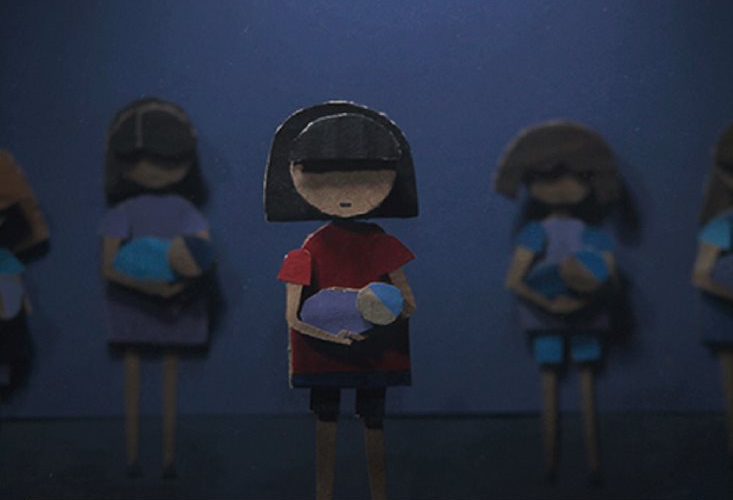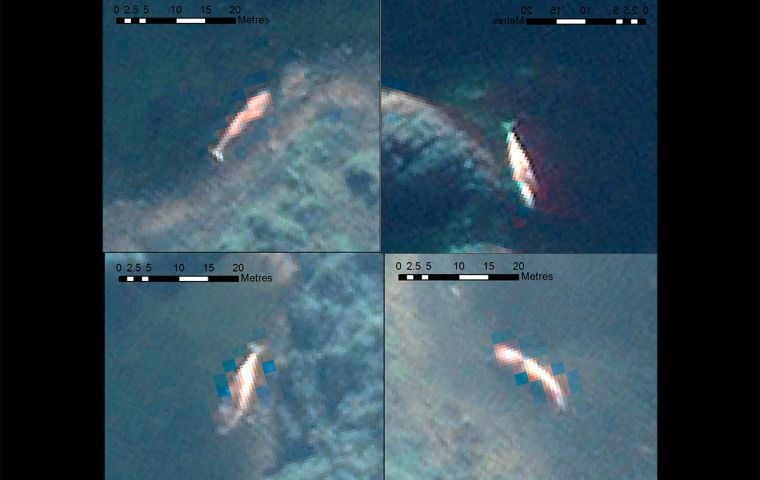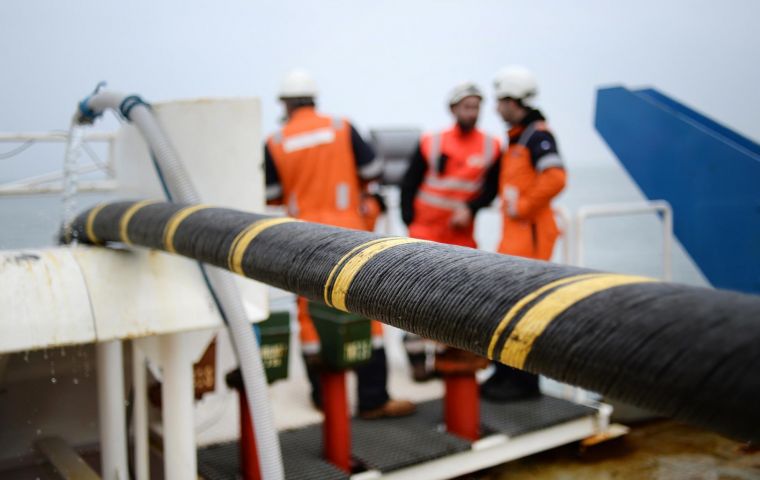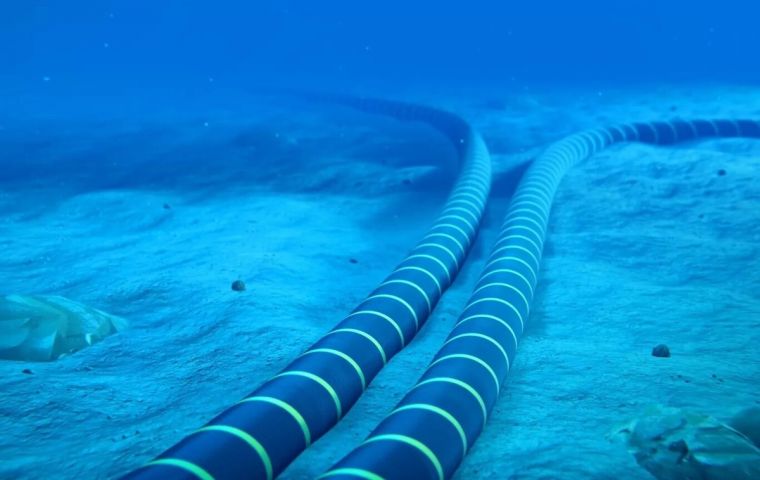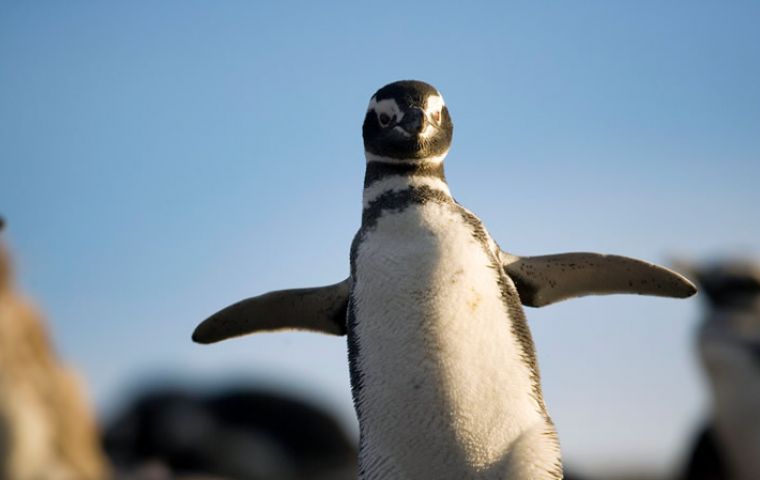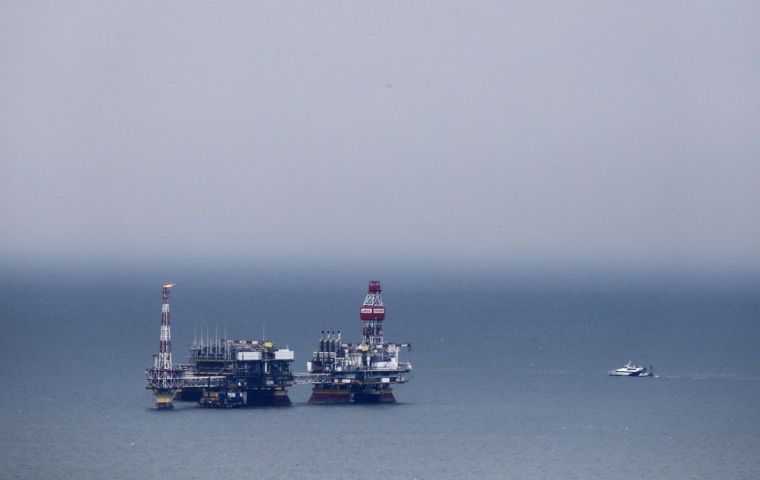MIGRANT WORKERS SCORE!
Cargill comes to tentative deal with union at High River, Alta. beef plant
The Cargill beef plant in High River, Alta., is shown on Thursday, April 23, 2020.
TAKEN BECAUSE THE PLANT WAS INFECTED WITH COVID
THE CANADIAN PRESS/Jeff McIntosh
Michael Franklin
CTVNewsCalgary.ca
Michael Franklin
CTVNewsCalgary.ca
Senior Digital Producer
Published Dec. 1, 2021
With less than a week to go before workers were set to go on strike at Cargill's High River, Alta. beef processing plant, the company says a tentative deal has been reached.
The company announced the development on Wednesday and says it is "encouraged by the outcome" of recent talks.
"After a long day of collaborative discussion, we reached an agreement on an offer that the bargaining committee will recommend to its members. The offer is comprehensive and fair and includes retroactive pay, signing bonuses, a 21 per cent wage increase over the life of the contract and improved health benefits," Cargill wrote in a statement to CTV News via email.
The company adds it also "remains optimistic" a deal can be finalized before the strike deadline.
RELATED STORIES
'Been through hell': Alta. Cargill workers reject company's latest offer, strike action possible Dec. 6
'Couldn’t come at a worse time': Analysts worry about potential impacts from Cargill strike
'We are not afraid': Workers at Cargill's High River, Alta. meat plant vote to strike
"(We) encourage employees to vote on this offer which recognizes the important role they play in Cargill’s work to nourish the world in a safe, responsible and sustainable way. While we navigate this negotiation, we continue to focus on fulfilling food manufacturer, retail and food service customer orders while keeping markets moving for farmers and ranchers," it wrote.
The United Food and Commercial Workers' Union (UFCW) Local 401 was expected to go on strike on Dec. 6.
It rejected the most recent attempt at a deal on Nov. 25 by a 98 per cent margin.
Published Dec. 1, 2021
With less than a week to go before workers were set to go on strike at Cargill's High River, Alta. beef processing plant, the company says a tentative deal has been reached.
The company announced the development on Wednesday and says it is "encouraged by the outcome" of recent talks.
"After a long day of collaborative discussion, we reached an agreement on an offer that the bargaining committee will recommend to its members. The offer is comprehensive and fair and includes retroactive pay, signing bonuses, a 21 per cent wage increase over the life of the contract and improved health benefits," Cargill wrote in a statement to CTV News via email.
The company adds it also "remains optimistic" a deal can be finalized before the strike deadline.
RELATED STORIES
'Been through hell': Alta. Cargill workers reject company's latest offer, strike action possible Dec. 6
'Couldn’t come at a worse time': Analysts worry about potential impacts from Cargill strike
'We are not afraid': Workers at Cargill's High River, Alta. meat plant vote to strike
"(We) encourage employees to vote on this offer which recognizes the important role they play in Cargill’s work to nourish the world in a safe, responsible and sustainable way. While we navigate this negotiation, we continue to focus on fulfilling food manufacturer, retail and food service customer orders while keeping markets moving for farmers and ranchers," it wrote.
The United Food and Commercial Workers' Union (UFCW) Local 401 was expected to go on strike on Dec. 6.
It rejected the most recent attempt at a deal on Nov. 25 by a 98 per cent margin.
'FAIR OFFER'
According to a statement from UFCW Local 401, the negotiating team engaged in "a marathon day" of talks with the company on Tuesday.
"Late in the evening, our bargaining committee concluded that they were in receipt of a fair offer and that they were prepared to present that offer to their coworkers with a recommendation of acceptance," it wrote in a statement.
The union says the tentative deal will "significantly improve" the lives of Cargill workers and will be the 'best food processing contract in Canada."
Highlights from the deal include:
$4,200 in retroactive pay for many employees;
$1,000 signing bonus;
$1,000 COVID-19 bonus;
More than $6,000 total bonuses for workers three weeks before Christmas;
$5 wage increase for many employees;
Improved health benefits; and
Provisions to facilitate a new culture of health, safety, dignity and respect in the workplace
While UFCW Local 401 president Thomas Hesse calls the deal "fair," he will support workers on the picket line if they decide to reject the proposal.
"If they do accept it, I’ll work with them every day to make Cargill a better workplace," Hesse said in a statement. "I will do as our members ask me to do.
"I respect all of the emotions that they feel and the suffering that they have experienced."
Employees are expected the vote on the new deal between Dec. 2 and 4.
